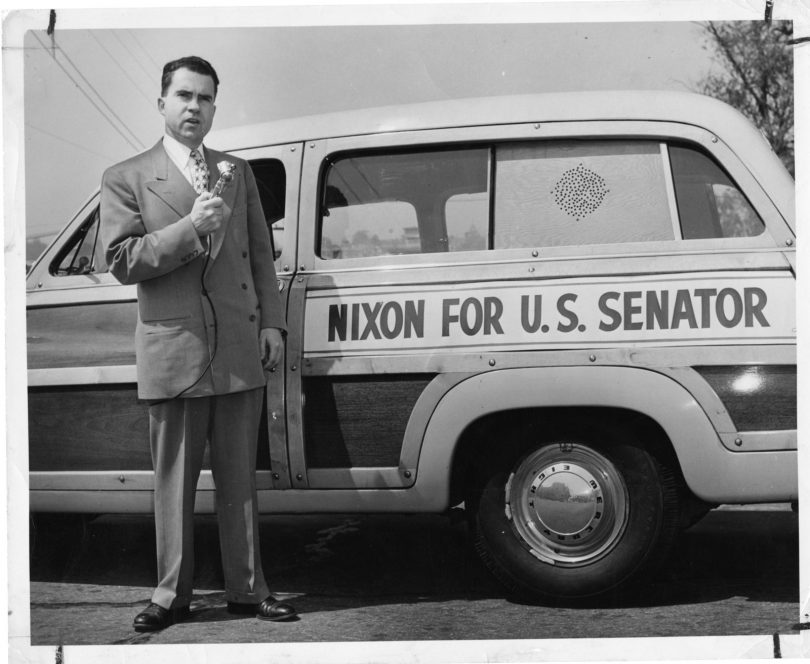The DEA has five classifications of drugs ranging from Schedule I, which are said to have no medicinal benefits and a high potential for abuse, to Schedule V, which are drugs that reportedly have a low habit-forming potential with proven medicinal benefit. Within these classifications fall everything from over-the-counter medications to fentanyl or methamphetamine. The story behind these how these classifications came to be and the politics involved in determining each drug’s schedule is full of complicated motivations and agendas.
How Drug Scheduling Started
In 1970, The Federal Comprehensive Drug Abuse Prevention and Control Act (aka The Controlled Substances Act) created the scheduling system, but the roots can be traced all the way back to 1906 when the Pure Food and Drug Act was passed. Prior to that time, there was very little regulation in terms of food and medical standards. This included heroin being sold as an over-the-counter cough medicine, or arsenic being used to treat syphilis [1]. The Pure Food and Drug Act began setting standards for various medicinal safety aspects through the FDA, and the Controlled Substances Act was meant to determine the risks for consumption.
The Politics of Determining Drug Scheduling
Schedule I drugs are considered to be the most harmful, as they have “no currently accepted medical use and a high potential for abuse.” This includes drugs like cannabis, lysergic acid diethylamide (LSD), 3,4-methylenedioxymethamphetamine (MDMA), psilocybin, and peyote. These classifications are all debatable on the grounds of both medical benefits and the potential for abuse. [2,3] This indicates that while some drugs like cocaine, amphetamines, and opiates may be deemed more harmful by public perception, they receive lower schedules as they have medical benefits. Meaning, politics must have come into play in determining several of these drugs questionable positions in the scheduling hierarchy.
Nixon and the War on Drugs
Cannabis was officially determined as a Schedule 1 drug in 1970, under President Richard Nixon, who declared a War on Drugs in 1971. At the time, cannabis received this designation temporarily until the science behind its effects could be determined. Nixon had an ulterior motive for this designation, though, stemming back to 1968. In a congressional testimony, Nixon aide John Ehrlichman stated, “We knew we couldn’t make it illegal to be either against the [Vietnam] war or black, but by getting the public to associate the hippies with marijuana and blacks with heroin, and then criminalizing both heavily, we could disrupt those communities. We could arrest their leaders, raid their homes, break up their meetings, and vilify them night after night on the evening news. Did we know we were lying about the drugs? Of course we did.” Drug scheduling became a tool to be used to fight Nixon’s political enemies, and the tradition became so entrenched that the policy was never changed.
Image Reference
References
[1] Gorby MS. Arsenic Poisoning. Western Journal of Medicine. 1988;149(3):308-15. [journal impact factor = 1.807; times cited = 9] https://www.ncbi.nlm.nih.gov/pmc/articles/PMC1026413/pdf/westjmed00133-0060.pdf[2] Marseille E, Mitchell JM, Kahn JG. Correction: Updated cost-effectiveness of MDMA-assisted therapy for the treatment of posttraumatic stress disorder in the United States: Findings from a phase 3 trial. PLoS One. 2022;17(6):e0269623. [journal impact factor = 3.752; times cited = 3] https://doi.org/10.1371/journal.pone.0269623
[3] Nutt D, King LA, Saulsbury W, Blakemore C. Development of a rational scale to assess the harm of drugs of potential misuse. Lancet. 2007;369(9566):1047-1053. [journal impact factor = 79.32; times cited = 1,037] https://doi.org/10.1016/s0140-6736(07)60464-4








